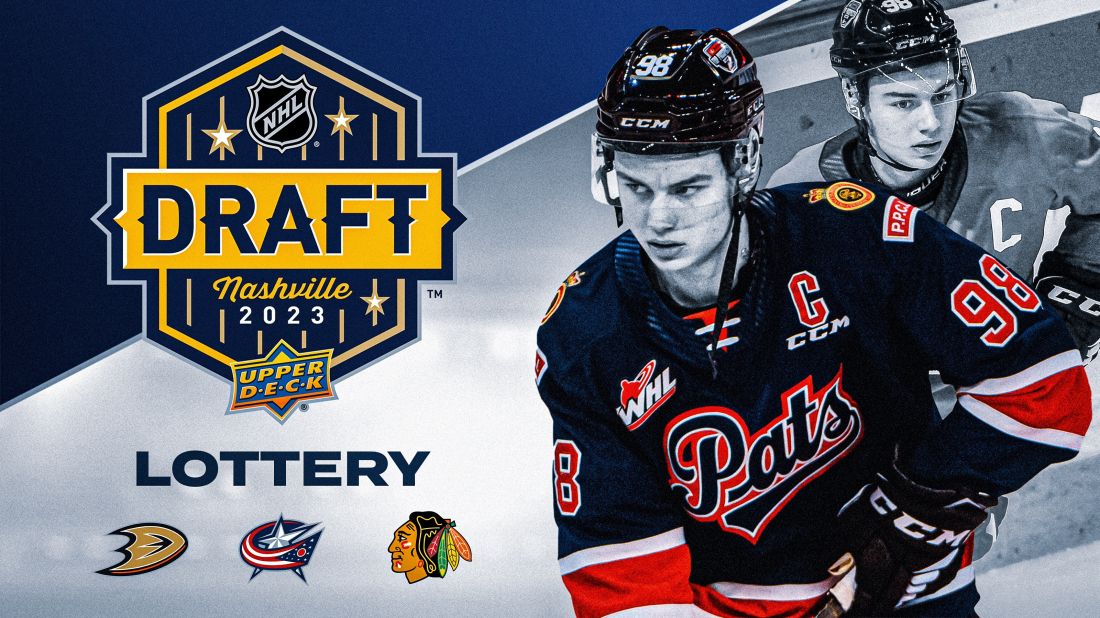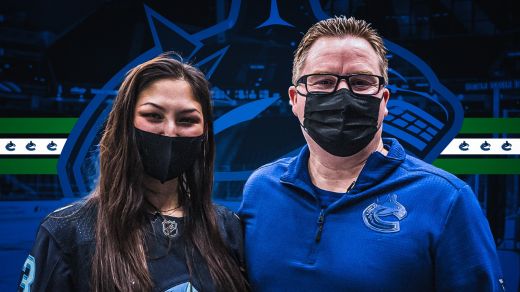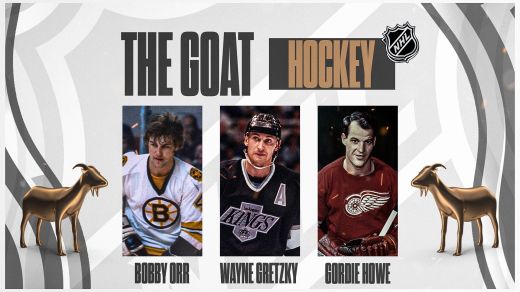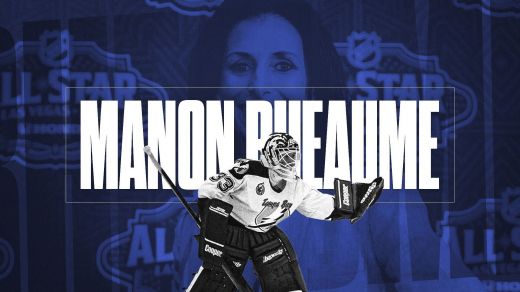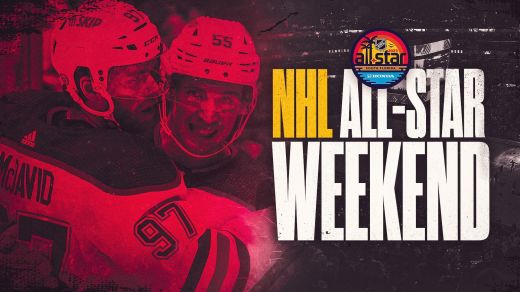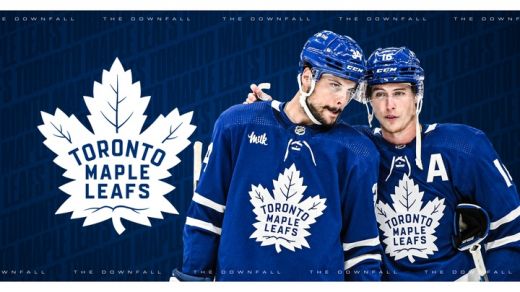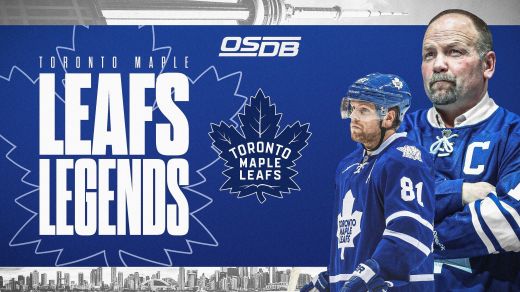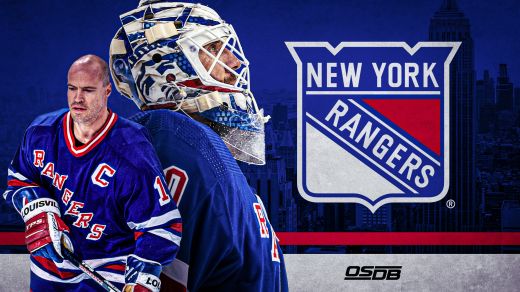Let the record show that the first significant win of the Kyle Davidson Era did not take place on the ice.
It happened inside a television studio in Secaucus, New Jersey, on the night of May 8, 2023.
And the prize? The right to draft Connor Bedard.
In 51 days, on June 28, 2023, in Nashville, Tn., Davidson, the general manager of the Chicago Blackhawks, will have the first overall pick in NHL Entry Draft and will in all likelihood use the selection on Regina Pats center.
And it is no wonder.
In two seasons and change with the Western Hockey League franchise, Bedard has recorded 271 points (134 goals and 137 assists) in 134 games. And as such, the 17-year-old is expected to be The Next One. The Next Great One. The Savior.
It is a task few are chosen to see through to completion. Even fewer actually live up to the billing. Will Bedard? Only time will tell.
To that end, it is instructive to go back in history to study how other first-overall picks fared, which we, your friends at OSDBSports.com, are going to do with this column.
The greats, the very goods, the goods, the middle-of-the-roads, and the busts will be examined.
As an editorial note, OSDBSports.com has randomly picked first overall selections over the last 40 years, even though the current NHL Entry Draft format was implemented in 1963.
Without further ado:
Brian Lawton in 1983: Selected by the then-Minnesota North Stars, the players who went after Lawton were Pat LaFontaine, Cam Neely, and Steve Yzerman. All three have been inducted into the Hall of Fame. Lawton is an analyst for NHL Network.
Mario Lemieux in 1984: Arguably the first case of tanking in North American professional sports. Lemieux was the obvious first overall pick, and both the Penguins and the Devils wanted the Laval Voisins center, who had merely recorded 282 points (133 goals and 149 assists) in 70 games. The Penguins won the race to the bottom, finishing with three fewer points than New Jersey (41-38), and took Lemieux first overall. All he did was keep the franchise in Pittsburgh until Sidney Crosby came along in 2005.
Eric Lindros in 1991: Arguably the wildest draft saga in NHL history. The Quebec Nordiques selected the Oshawa Generals star with the first overall pick in the 1991 draft, though Lindros said he would not play for the franchise. The Nordiques picked Lindros, who spent the 1991-92 season playing for Oshawa and the 1992 Canadian Olympic team. Months later, at the draft the Nordiques traded Lindros to both Philadelphia and New York Rangers in a neat trick. The NHL was forced to find an arbitrator, who ruled in favor of the Flyers. Lindros never won a Cup in his career, but was the pre-eminent power forward of his era.
Alexandre Daigle in 1993: Daigle had a 10-year NHL career with Ottawa, Philadelphia, Minnesota, Tampa Bay, the New York Rangers, and Pittsburgh, recording 327 points (129 goals and 198 assists) in 616 games. The second overall pick? Chris Pronger, who would only go on to author a Hockey Hall of Fame career.
Marc-Andre Fleury in 2003: Sidney Crosby (more on him later) and Evgeni Malkin and Kris Letang were three of the four pillars the current iteration of the Penguins were built upon. Fleury was the fourth. While it can be argued that the selection of Crosby in the 2005 Entry Draft essentially kept the franchise in Pittsburgh, the mischievous Fleury kept his team loose off the ice and backstopped the Penguins to three Cups.
Alex Ovechkin in 2004: Wayne Gretzky owns the NHL record for career goals with 894. The Washington sniper is second with 822. Nothing more needs to be written about his on-ice accomplishments. Off the ice, Ovechkin’s ties to Russian President Vladimir Putin have been criticized.
Sidney Crosby in 2005: The face of the NHL from the moment he was drafted, Crosby has lived up to every expectation, every demand placed upon him. The clock starts ticking on his Hall-of-Fame induction as soon as he retires.
Patrick Kane in 2007: On the short list of greatest American players, Kane was a key component to Chicago’s three Cup teams. Off the ice, however, Kane has been linked to troubling off-ice incidents (a fight with a Buffalo cab driver in 2009, sexual assault charges in 2015 that were subsequently dropped in 2016).
Steven Stamkos in 2008: The start of the Lightning’s golden age can be tracked to June 20, 2008, when the franchise used the first overall pick on the Sarnia Sting center. Stamkos has been a significant piece of a core that includes defenseman Victor Hedman, goaltender Andrei Vasilevskiy, right wing Nikita Kucherov, and center Brayden Point. Tampa Bay won consecutive Cups in 2019-20 and 2020-21.
John Tavares in 2009: Persona non grata on Long Islandsincethe then-unrestricted free agent signed a seven-year, $77 million contract with his childhood team, the Toronto Maple Leafs. But it should be noted that all Tavares did during his nine years with the Islanders, for all intents and purposes, is save the franchise.
Nail Yakupov in 2012: During an appearance on the Spittin’ Chiclets podcast in 2020, Brian Burke regaled the hosts and listeners with the tale of Yakupov’s pre-draft interview with the Toronto Maple Leafs. “We weren’t going to take him,” said Burke, who was the Leafs’ GM at the time. “His draft interview was the worst interview I’ve ever conducted in my life. Terrible. …He was defiant and obnoxious and sullen. …John Lilly, one of our scouts, almost fought him in the interview. So, it was not a good interview.”
Aaron Ekblad in 2014: Sometimes the player is a bust. Sometimes the player is the best of a less-than-stellar draft class. The latter applies to Ekblad.
Connor McDavid in 2015: Similar to Crosby, the expectation for McDavid even before skating one NHL shift was greatness. And like the Penguins superstar, the Oilers center has lived up to the prophecy foretold. Need an example? The 26-year-old is averaging 1.49 points per regular season game for his career.
Auston Matthews in 2016: To put it mildly, the 2015-16 season was not great for the Leafs and their supporters. The Leafs (29-42-11) lost 53-of-82 games. Their reward? Toronto won the draft lottery and the opportunity to draft Matthews, who helped supercharge the Original Six franchise’s rebuild.
Jack Hughes in 2019: Hughes or Kaapo Kakko? Kakko or Hughes? That was the debate in hockey circles from January to June 2019, after Kakko helped lead Finland to the World Junior Hockey Championships. Some argued the Devils should draft Kakko because Nico Hischier could use a scoring winger on his line. Instead Hughes was the pick. And all the soon-to-be 22-year-old has done is author a career slashline of 87 goals and 120 assists for 207 points in 244 games. And Kakko, who went second overall to the cross-river rival Rangers? Forty-four goals and 54 assists for 98 points in 239 games.
Alexis Lafreniere in 2020: New York’s third-line right wing is somewhat confounding. The 2023-24 season will be Lafreniere’sfourth in the NHL, and what he is remains somewhat unknown. Part of that is due to the construction of the Rangers, where the left wing has Chris Kreider and Artemi Panarin ahead of him on the position’s depth chart. Which means his five-on-five time and power play time is limited. But Lafreniere is coming off a seven-game, first-round series loss to the Devils in which he contributed zero goals, zero assists, and zero points.
